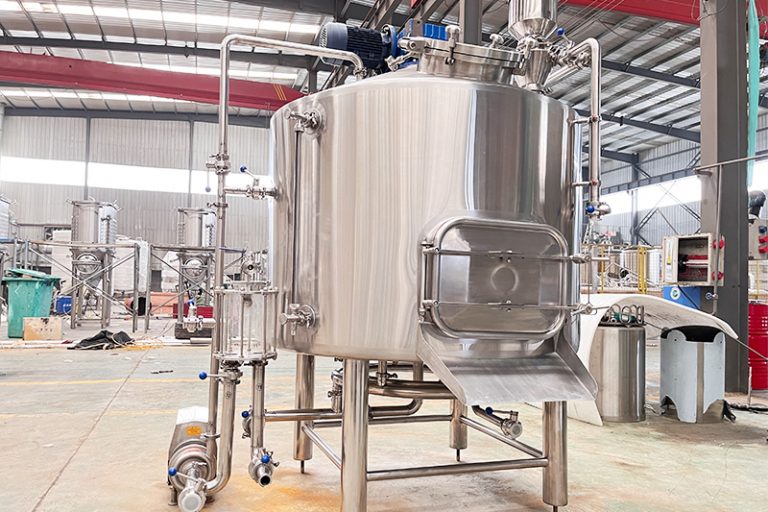Kombucha, a fermented beverage made from sweetened tea, dates back thousands of years and spreads across China, Japan, and Tibet. Its popularity spread across Russia, then the US, and is now becoming more common in the UK.
While mainstream fizzy drinks are often a mix of sugar, carbonated water, and artificial flavors, kombucha is alive and kicking. Its carbonation comes from fermentation and it has a natural flavor. All it takes is one sip of real kombucha to notice the difference.
Learning how to make kombucha is a voyage of discovery. Not only will you have your microbiology project, but you will also be in charge of the ingredients and flavors you use.

Ingredients for Making Kombucha
water
It is important to use dechlorinated water as chlorine can affect the microbes we wish to thrive. Tap water contains chlorine, which cannot be removed by ordinary water filters, so the water should be boiled to cool or left in a bowl overnight to allow the chlorine to dissipate.
Tea
Black tea is considered the best because it contains nutrients that scobys love. It can produce a fruity flavor, but many people prefer blended teas, such as half red and half green or white tea.
sugar
Regular cane sugar is usually used, although less refined sugars are fine but cause a change in taste. Most of the sugar left in kombucha after fermentation has been broken down from table sugar (sucrose) into fructose and glucose. The longer the kombucha is fermented, the less residual sugar will remain. Artificial and sugar substitutes won’t work because they feed bacteria or yeast.
At what temperature should kombucha be brewed
Normal room temperature is fine (above 21°C), but the ideal temperature range is considered to be 26-27°C. Fermentation slows down at 18°C, while above 30°C yeast proliferates and leads to the production of more alcohol. If you want to achieve the desired temperature, you need to use heating methods.
fermentation
Primary fermentation is the first stage, and if you like your kombucha plain and less carbonated, that’s all you need to do.
Secondary fermentation is the second stage where the kombucha is fermented in a bottle. This is preferable if you want to add different flavors or prefer a higher level of carbonation.
Selection of Kombucha Equipment
You have a few options when it comes to the material of the jar. It should be food-grade with no cheap plastic or anything that would seep into your beer.
- Glass: Glass is easy to clean and won’t leach any chemicals during the fermentation process.
- Stainless Steel: A good choice. These may be more expensive, but are safe to use and easy to clean. If you want to brew more than 2-3 gallons of kombucha at a time, you need to use stainless steel as it is much lighter than glass.
- Plastic Fermenter: Plastic can be used, but make sure it is HDPE as this type of plastic is safe to ferment.
For more choices of kombucha equipment, you can also consult micet craft. Micet will provide you with professional technical support and customized services to help you brew the perfect kombucha!
Get a turnkey solution for brewery equipment
If you plan to open or expand the brewery, you can contact Micet Craft directly. Our engineers will design and manufacture brewery equipment according to your brewing process. Of course, we will also provide you with a complete turnkey solution. Also, if you plan to expand the brewery, we will provide you with customized solutions.

